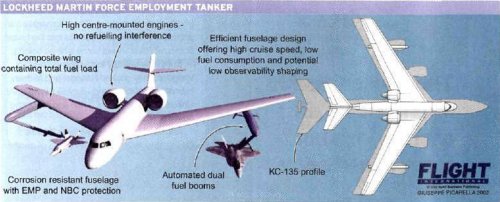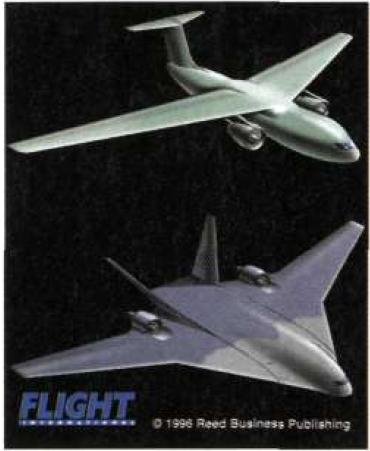- Joined
- 1 April 2006
- Messages
- 11,401
- Reaction score
- 10,327
http://www.flightglobal.com/PDFArchive/View/2002/2002%20-%202480.html
Lockheed Martin's Skunk Works
has unveiled the concept design for
a dedicated air-to-air refuelling
tanker, which it claims would be
smaller and cheaper than current
modified commercial airframes,
but be capable of off-loading
more fuel, and flying faster and at
greater range.
Lockheed Martin's Skunk Works
has unveiled the concept design for
a dedicated air-to-air refuelling
tanker, which it claims would be
smaller and cheaper than current
modified commercial airframes,
but be capable of off-loading
more fuel, and flying faster and at
greater range.


